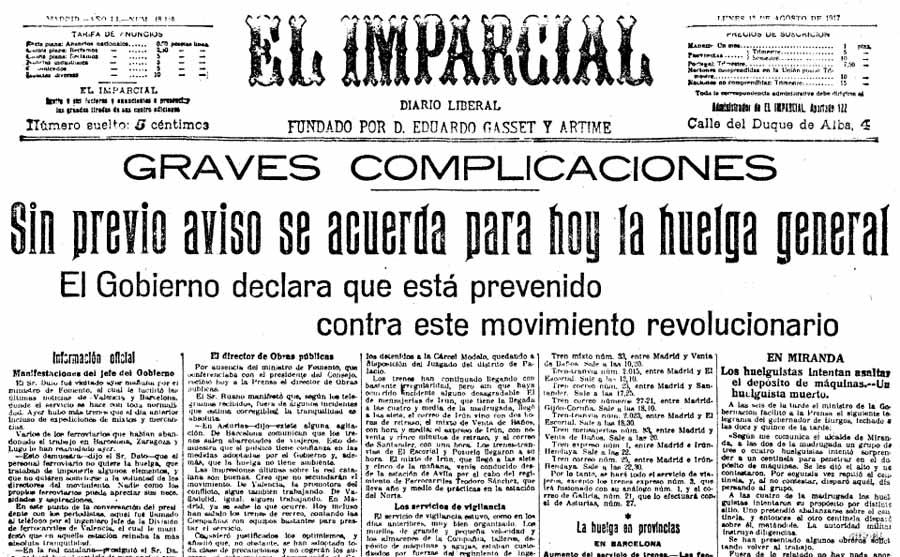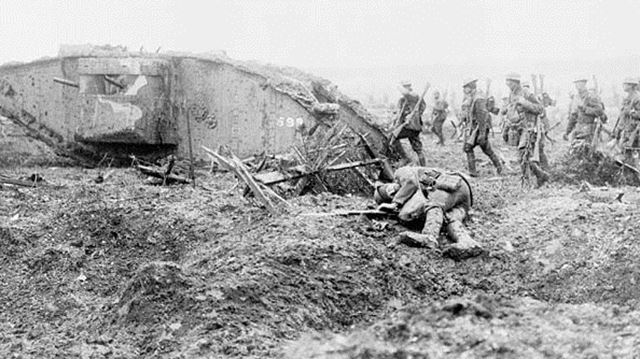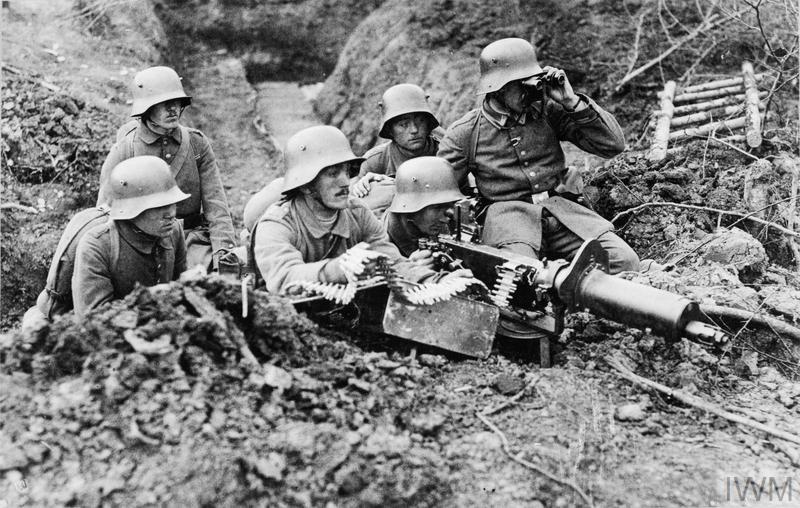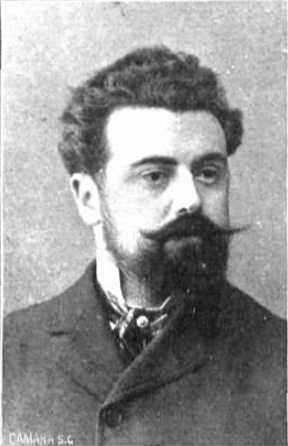19. The Skirmish of the Brandenburger Tor
Since the early days of the revolution, many German Generals mistrusted Ebert and hoped for a more unified form of government. Many of the German officers feared that the spectre of a revolution which followed the Russian example. Also, the worrying situation of the Western Front and the Austrian betrayal made them even more willing to act before it could be too late. They demanded the abolition of the various soldiers' committees that had sprung up in since the beginning of the revolution and also wanted to put an end to any signs of revolution in Germany, particularly in regard to the Bolsheviks. Thus, in adittion to the Imperial Army, numerous units of volunteers, the so-called
Freikorps, were formed as a stop gang mesure to keep the order in the cities and ready to be used against the revolutionary threat.
The
Freikorps were made by veteran soldiers that were recovering from injuries, by recruits and by Naval personnel, as the members of the II.Marine Brigade, formed by around 6,000 men under the command of
Korvettenkapitän Hermann Ehrhardt. This unit, along with the Garde-Kavallerie-Schützendivision, leded by Generalleutnant Heinrich von Hofmann, were quartered in Berlin itself and together were to spearheaded what became known as the
Lequis Putsch, when, General der Infanterie Arnold Lequis, in command of all the regular troops in and around Berlin, ordered on March 4 his units to
"restore peace in Berlin" with the support of several Freikorps, the two already mentioned plus the
Marinebrigade Loewenfeld. However, when Lequis issue4d his orders, most of the soldiers refused to follow orders and only the Freikorps, along with some regular battalions, marched on their own. To face them was the
Volksmarinedivision, made up by revolutionary naval troops from Kiel, and some Red Guard militias.
The II.Marine Brigade reached fast the
Brandenburger Tor and then moved into the deserted
Reichskanzlei, as Ebert and his government had fleed to Dresden when they heard about the putsch. Supported by a battalion of the regular army, the putschists occupied the government quarter, just to find themselves surrounded by the sailors and the Red Guards. Shortly before 8 am of the following day, the sound of gunfire was heard as a cannonade signalled the attack of the
Volksmarinedivision. According to reports, some putschists soldiers sides and joined the revolutionary forces, which were also reinforced by armed and unarmed civilians. Around noon, the skirmish ended as the II.Marine Brigade withdrew and the
Volksmarinedivision held the field.
Lequis had to resign his post as commander of the city's forces and Ebert replaced him by Otto Wels. The putsch had not only failed to put an end to the revolution, but also fueled the Bolsheviks' popularity in the Räte, both in and out of Berlin, and weakened the stance of Ebert and his cabinet. On the following day, March 6, the Spartacists severed their remaining links with the USPD and set themselves up as the new
Kommunistische Partei (KPD). Eisner, then, began to plan how to get rid of Ebert and to assume power in Germany.
Meanwhile, King Albert’s Army Group, consisting of the British Second Army (General Maxse) and the Belgian Army, attacked the River Lys on March 5. After a two day engagement, the Belgians entered Ghent before pushing along the north bank of the Scheldt while Maxse crossed the Lys after a surprise bombardment. Facing the enemy pressure, the Germans retreated, settling on the River Escaut on March 8. However, the British commanders were to attack the Germans again before their positions on the Escaut could be strengthened, so they tried to cross the Escaut on March 10, facing and even tougher opposition from the Germans than on the Lys. However, two days later, the German were again withdrawing. Further south, General Lomax’s Third Army resumed its advance, after nearly a fortnight of well deserved rest. His target was the symbolic town of Mons, that was captured after a brief but vicious fight along the Mons-Condé Canal to the west of the city.
The deteriorating position of Germany, both in the field against the enemy and at home, forced Ebert and the OKL to agree upon a strategy of democratising and to end the war. Even if they had stumbled from setback after setback, the German army had not sustained a decisive, catastrophic defeat at the hands of the Allies. The British had sustained 75,000 casualties since March 5. Lloyd George and Roosevelt were delighted at the continuing success of the Allied Armoes, but the British premier still believed that Germany was still determined to fight unless the German Army was utterly routed in battle. Thus, on March 11, the Allies commenced a general advance along the length of the front in France and Belgium.
As news that the Rhineland was aflame with revolutionary spirit arrived to Berlin on March 13, Ebert instructed Matthias Erzberger to obtain a ceasefire at any price and sent him westwards to inform the Allies of Germany’s willigness to negotiate a settlement. Erzberger crossed the front line and was escorted to the forest of Compiègne on March 16.

















